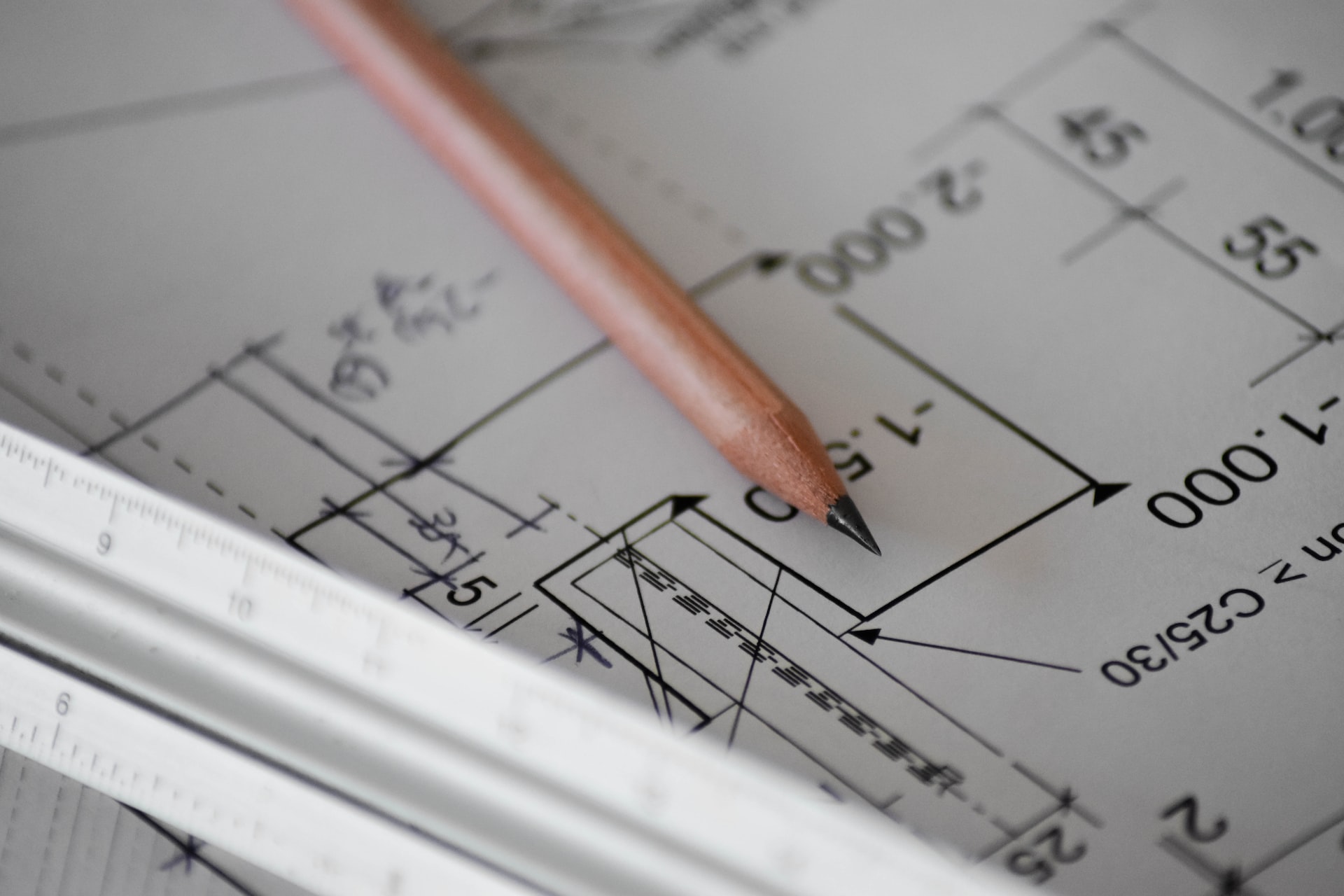How to Complete a Material Takeoff
 By
Madison Faulkner
·
2 minute read
By
Madison Faulkner
·
2 minute read

In the construction industry, you've probably been asked for a material takeoff during the pre-bidding process for projects. Architects, landscape designers, and general contractors each have had to complete takeoffs in order to accurately judge the amount of materials needed for a project. This helps to establish a working budget to pitch to clients. The takeoff doesn't necessarily need to be cheap to be better but more importantly requires a high attention to detail. You don't want to send the least expensive option to win a job; you need to share the most well thought out takeoff in order to be approved to move forward on a particular project.
A construction material takeoff (MTO), also known as a quantity takeoff, is an essential process of estimating the quantities of materials required for a construction project. But how do you make a takeoff? Below we've outlined traditional steps in making materials takeoffs:
-
Obtain the construction plans: You need the construction plans, including architectural, structural, and MEP (mechanical, electrical, and plumbing) drawings, to identify the scope of work, the types of materials needed, and their location within the site plan.
-
Identify the materials: Identify all the materials required for the project by reviewing the plans and specifications. Create a list of all the materials your team will need to execute the final project, including types, sizes, quantities and cost(s).
-
Measure the areas: Measure the areas where the materials will be installed, such as walls, ground cover, landscape beds, and turf areas. Use a scale ruler to measure the dimensions on the plans.
-
Calculate the quantities: Once you have measured the areas, calculate the quantities of materials required. Multiply the measured dimensions by the appropriate material quantity factor, which can be found in industry-standard references or provided by the manufacturer.
-
Adjust for waste and overage: Factor in waste and overage by adding a percentage to the calculated quantities. The amount of waste and overage depends on the type of material and the installation method.
-
Compile the takeoff: Compile the list of materials and quantities in a spreadsheet or material takeoff software. Make sure to include all the materials required for the project, including hardscapes, softscapes, and accessories.
-
Verify and review: Verify your takeoff against the plans and specifications to ensure accuracy. Review the takeoff with the project team to make sure that all the materials required have been included.
-
Update and revise: Update the takeoff regularly as the project progresses to account for changes in scope, design, or specifications.
.png)
.png)
By following these steps, you can create a construction material takeoff that is accurate and comprehensive, providing you with the information you need to order and manage your construction materials efficiently. Takeoff Monkey helps your team with steps 2-8 above.

Send us your project plans and any specifications or details needed to complete the takeoff i.e. 'irrigation design needed' or 'softscapes only'. Once we have your project files and scope in hand, our team gets started on identifying the materials requirements. Depending on project type, you'll have the final MTO back in your inbox within 48 hours.
Increasing your takeoff capacity, expands the amount of projects your team can bid resulting in higher profits with lower overhead. Instead of completing takeoffs yourself or hiring estimators to be stuck behind a desk all day raking through Excel sheets, send your next takeoff to Takeoff Monkey for fast, simple and accurate material estimation.